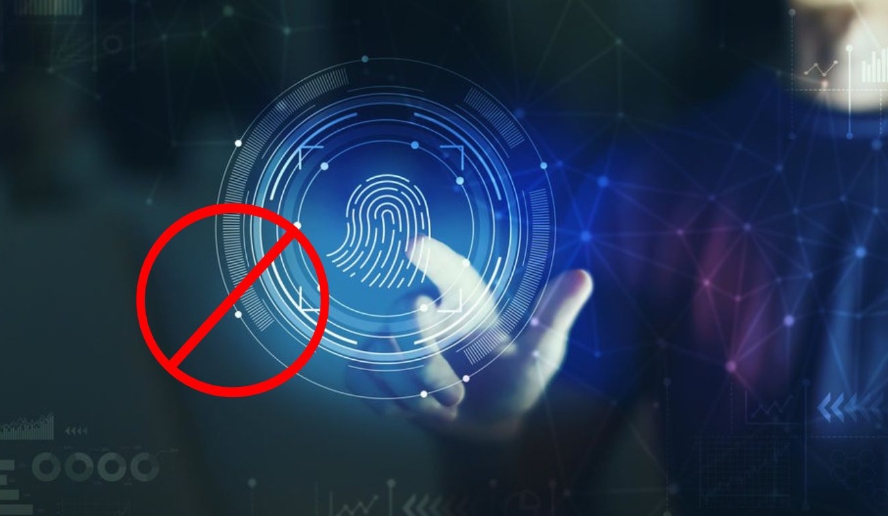A major cybersecurity vulnerability for enterprises lies in a common daily practice at workstations — entering passwords. According to Verizon, approximately 80% of data breaches can be attributed to the use of weak, reused, or leaked passwords.
To diminish reliance on passwords, enterprises can initially introduce Single Sign-On (SSO) for their employees’ cloud and web-based accounts. Enhancing SSO with passwordless authentication not only bolsters security measures but also brings about additional advantages.
What Is Single Sign-On?
Single sign-on (SSO) streamlines user access to password-protected apps and sites by requiring just one authentication, as long as they’re connected within the SSO system. This means users can move seamlessly between different platforms without the hassle of repeated logins.
In practical terms, Single Sign-On (SSO) streamlines a user’s authentication credentials by consolidating them with an identity provider. When applications are interconnected via an SSO framework, users need only authenticate themselves once instead of managing multiple passwords across various applications and websites. Through authentication protocols like SAML (for on-premises systems) or LDAP (for cloud-based applications), the SSO mechanism securely facilitates user authentication across applications.
SSO functions akin to a passport. Just as someone examining your passport may not have prior knowledge of you, they do recognize and have faith in the country issuing your passport. Thus, a passport control officer can simply verify your face on a valid passport from your country to determine if you should be allowed entry into their country.
An SSO mechanism functions as your digital passport for authorized applications and websites. With an SSO mechanism in place, secure applications no longer require storing your identity internally. Instead, they can simply utilize the SSO for identity verification and access credentials through a central identity provider.
Those with a Google account are likely acquainted with a form of Single Sign-On (SSO) that utilizes cookies to uphold user verification across various applications. Through Google, one account password grants entry to a range of interconnected Google applications like Gmail and Google Drive. This eliminates the need to repeatedly enter your password when transitioning between these platforms.
By integrating an SSO mechanism with passwordless multi-factor authentication, enterprises utilizing multiple applications can achieve significant security advantages by removing the need for passwords.
How Does Passwordless SSO Work?
Picture an enterprise with a Single Sign-On (SSO) system in place for its employees. As an employee begins her workday, she initiates the login process using passwordless authentication, such as a biometric scan, to confirm her identity with the SSO identity provider.
Instead of directly requesting the employee’s credentials at the beginning of her workflow when she seeks access to an application, the system utilizes SSO linked to an identity provider to confirm her authorization for accessing the application.
The SSO then verifies to the application that everything is in order. This validation is also stored in a security cookie, enabling the employee to access any other application connected to the same SSO system. When needing to switch to a different application, the employee avoids the need for re-authentication. Throughout the workday, the employee can seamlessly and securely transition between applications, maintaining workflow continuity.
This mechanism is versatile, and capable of functioning with applications and websites, whether they are cloud-based (via SAML), accessed through a VPN, or utilized offline and on-premises.
The Benefits of Passwordless SSO for Businesses
By streamlining logins and eliminating the necessity for multiple passwords, Single Sign-On (SSO) offers numerous advantages to businesses, such as:
Reduced IT support
IT professionals often find password inquiries to be a major support challenge. Gartner supports this notion, estimating that around 40% of IT helpdesk requests involve lost or forgotten passwords.
By eliminating the requirement for passwords, passwordless SSO instantly resolves this issue and can effectively reduce IT help desk backlogs.
Better security through unified multi-factor authentication
Passwordless SSO maximizes the potential of multi-factor authentication (MFA) by enhancing traditional MFA methods with advanced cryptographic protocols. This approach adds an extra layer of security to safeguard enterprise applications effectively.
By eliminating the risk of targeted phishing scams that can circumvent 2FA, passwordless SSO significantly enhances an enterprise’s security stance against phishing attacks.
Faster software uptake
By implementing passwordless SSO, the requirement for intricate login processes upon deploying new applications is eradicated, leading to a notably streamlined user experience. Consequently, this facilitates swifter software adoption throughout an enterprise.
Having just one login system to manage simplifies the process of introducing new users, especially in regulated sectors.
Passwordless SSO vs. Password-Based SSO
While single sign-on (SSO) can work alongside password-based authentication, the real power lies in integrating an SSO mechanism with passwordless access.
Passwordless SSO enables enterprises to leverage a centralized entry point with a secure authentication process tailored to their operational needs. This enhances the user experience by eliminating the need to repeat MFA steps across various applications and shields enterprises from focused phishing attempts.
The significance of this second point is growing. Even though the number of phishing attacks surged in 2020, a recent study revealed that more than 43% of employees remain uncertain about the concept of a phishing attack. Passwordless SSO eliminates threat actors’ primary target passwords, which are highly coveted by them.
SSO and Remote Work
As businesses utilize a wider array of software tools, ensuring robust security in hybrid and distributed work settings may require remote employees to undergo extensive authentication processes.
Passwordless SSO simplifies this process, enabling remote and co-located workers to securely access essential business resources. Implementing a cloud-based SSO solution company-wide will empower employees to access applications safely and seamlessly, regardless of their location.
SSO enhances security in cloud-based settings by providing IT teams with better oversight of user access credentials. This oversight helps mitigate cloud access misconfigurations effectively.
The Value of On-Premise Infrastructure Support
One common misconception about SSO is that companies must use separate solutions for on-premise and cloud-based SSO. In the past, cloud-based SSO systems only adhered to cloud SSO standards. However, this is no longer the case. The Double Secret Octopus serves as a comprehensive SSO solution, enabling a unified SSO environment that seamlessly integrates with all corporate infrastructure setups, whether on-premises or in the cloud.




